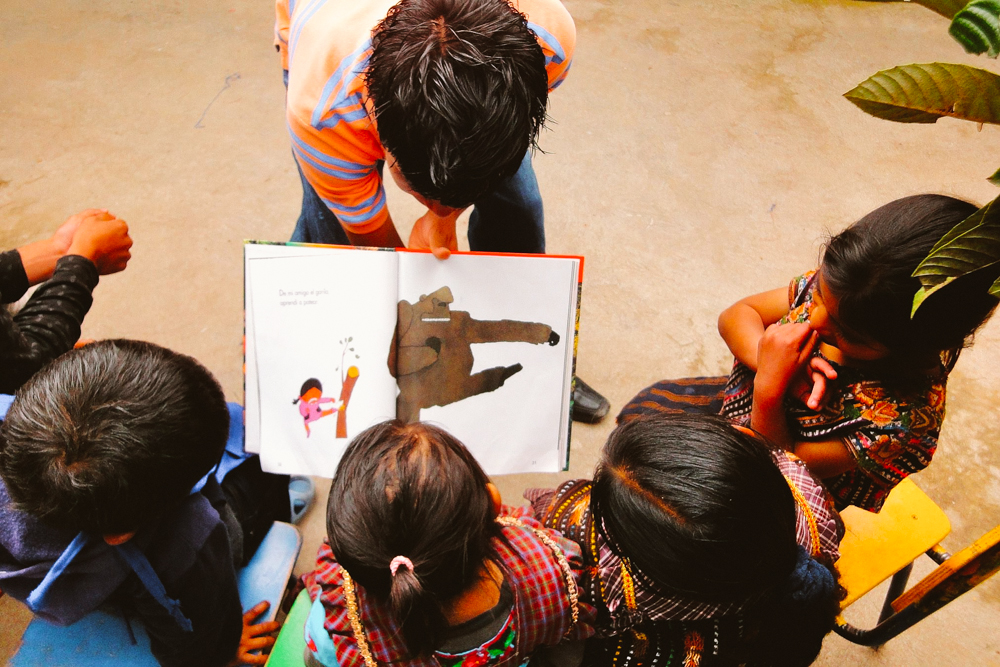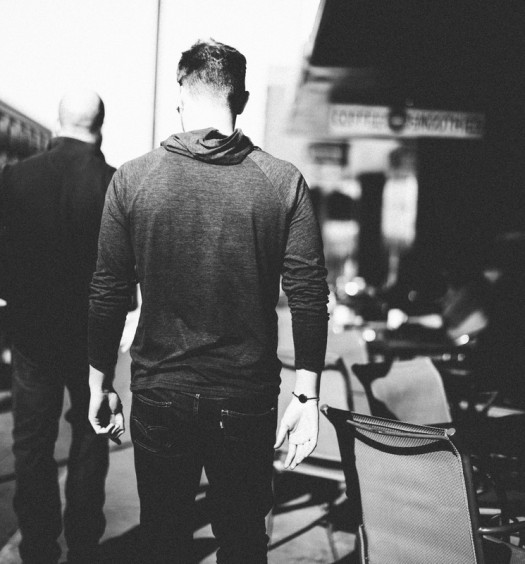Lessons We Learn From Measuring Social Fabric in Community Development
Every international nonprofit has its own set of criteria for the communities and people they serve. Some look at demographic data and work perhaps with women or children, others look at educational and/or economic opportunities and how to make them more accessible, and still others evaluate communities through a specific need such as clean water. And all of these can be captured in relatively uncomplicated metrics. But what about the qualitative measures, the more messy indicators of a community’s readiness for change?
In the nine years since I founded Reading Village (www.readingvillage.org), I’ve learned that social fabric is perhaps the single most valuable metric by which we can gauge a community’s partnership potential with our own organization. By social fabric I mean trust and common norms, the willingness and ability to work together. It’s not an easy question to answer—how much social fabric exists—but its answer directly impacts whether or not our program will succeed or fail in each unique setting.
Measuring social fabric has become a highly developed science and can be very complex and costly, both in time and money. As a small organization we ask some few simplified questions that help us evaluate social fabric:
- Is there evidence of the community coming together for their own betterment, for example, committees, coops or completed projects?
- Are there signs that families are willing to invest now for a later return?
- How do local schools fit into the social fabric in the community? Is there trust and common norms
- What is the relationship of parents to the local school? Do they show up to speak to teachers about their children’s progress?
- Have adults formally organized around the school in support of education?
I didn’t always ask these questions.
When I first started working in Guatemala I thought I was being smart and responsible by partnering with a local nonprofit in a small Guatemalan village we’d come to know and where, together, we had plans to convert an empty school room into a children’s library.
But very quickly we began running into squabbles, discord, resentment and uncooperative attitudes. It turned out that there was a great divide in the community, and we had unwittingly allied ourselves with a member on one side of the breach. The discord was so great that people were referred to as living “arriba o abajo” (above or below).
I made an impassioned plea to the teachers from “arriba” to come to the library orientation, explaining that it was a community library for all to use, but it would remain a community library in name only until they stepped foot inside. But not one came to the orientation. And the library we built in collaboration with those from “abajo” will never be used by the children from “arriba.”
This lack of community solidarity, I learned afterwards, ran deep. It originated from feuds between founding families of the community, was exacerbated by the 36-year-long civil war, and the anger was agitated further still by families with members who’d been to the US returned with relatively large sums of money.
Our program’s struggles had little to do with literacy and absolutely nothing to do with the library that we were building. The struggles that we were experiencing in that community existed long before we got there and were going to exist long after we left. We were prepared to face resistance and adversity in our international work—that’s all but a forgone conclusion—but we weren’t prepared to support our program in the context of such discord.
It was at that point, when we realized the depth of the divide, that a crucial decision had to be made. What next? What is best for this community and the promotion of children’s literacy? It became clear that it was not our purpose nor within our capacity to help mend the community divide, but if we stayed, if we opened a library “arriba” we would forever be walking the fine line between “arriba” and “abajo.” It was a quote from Peter Block’s book, Community, that helped me see through to the solution. We had to leave because, “if a community cares more about being right than working together for a better future, there is nothing you can do.”
In the end—or really it was our beginning, we left the library in the hands of the local nonprofit and moved on with our important lesson: There is no substitute—not even working closely with a local nonprofit—for doing your homework, for really learning what social threads tie a community together.
LEARN. CONNECT. ACT.
Learn more about Reading Village
Connect via Facebook and Twitter
FROM THE EDITOR
At Conscious, we are inspired by remarkable people and organizations, and so we set out to tell stories that highlight human interests, global initiatives, innovation, community development, and social impact. You can read more stories like this when you subscribe.




